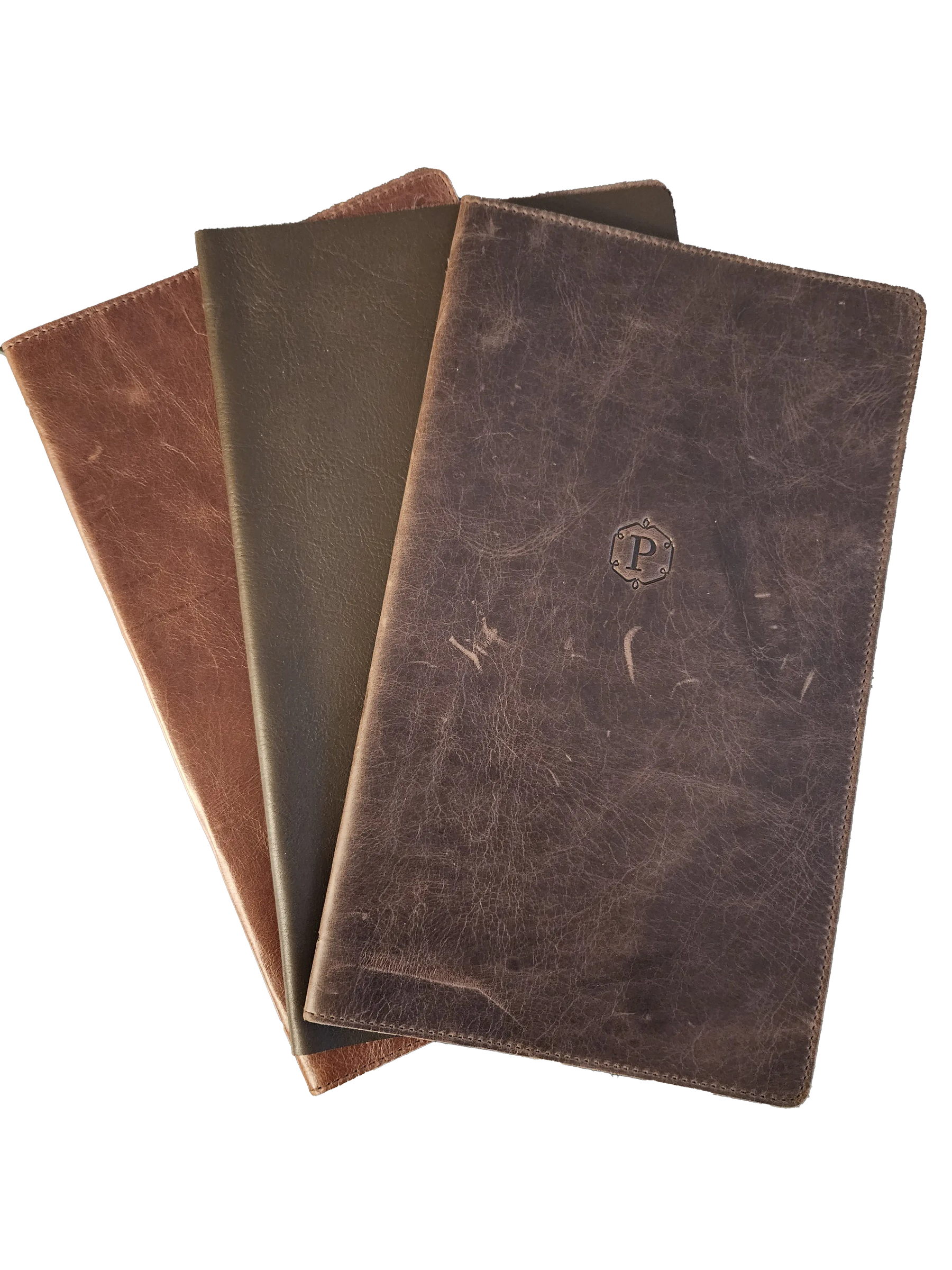
The Evolution of Restaurant Menu Covers: A Journey Through Time
The Evolution of Restaurant Menu Covers: A Journey Through Time
From the handwritten chalkboards of olden times to the sleek, tech-integrated displays of today, the restaurant menu cover has undergone a fascinating transformation. This essential piece of restaurant branding has evolved in step with cultural, technological, and aesthetic shifts.
The Birth of the Menu
Historically, menus were not common in eateries, and patrons often ate what was available for the day. By the late 18th century, however, restaurants in Paris began to offer menus to their guests, often handwritten and without any specific cover. These were simple lists of the day's offerings without any flair or design we associate with modern menus.
Victorian Elegance
With the onset of the Victorian era, menus began to take on more formal and elaborate designs. Rich illustrations, ornate fonts, and intricate borders were common features. During this time, menus were often bound in leather or fine fabric, symbolizing the elegance and grandiosity of dining out.
The Roaring Twenties
The 1920s saw a shift towards more glamorous and artistic menu covers, reflecting the exuberance of the age. Art Deco designs became popular, with geometric patterns and vibrant colours encapsulating the energy of the time.
Mid-Century Modernism
As the 20th century progressed, minimalism became the order of the day. The mid-century modern movement led to cleaner lines and uncluttered designs. Simplicity and functionality took precedence, and menu covers often featured simple typography with minimal ornamentation.
The Eco-Friendly Movement
In recent decades, environmental concerns have taken centre stage. Many restaurants have adopted eco-friendly menu covers made from recycled or sustainable materials. These designs reflect a growing consciousness about the impact of our choices on the planet and a desire to connect with a more environmentally aware clientele.
Digital Age and Beyond
Today, we're witnessing another shift as technology becomes an integral part of menu design. Digital menus displayed on tablets or screens, QR codes for mobile browsing, and even interactive menu covers are becoming commonplace. These innovations allow for real-time updates, personalized experiences, and an overall modern feel that resonates with the tech-savvy generation.
Conclusion
The evolution of restaurant menu covers is a fascinating reflection of societal changes, technological advancements, and shifting design sensibilities. From simple handwritten lists to elaborately designed covers and now to interactive digital displays, the menu cover has come a long way.
Modern establishments continue to innovate, pushing boundaries in design and technology. Whether it's through embracing sustainability or leveraging the latest tech, today's menu covers are more than just a list of food items; they are a vital part of the dining experience and a reflection of your restaurant's identity and values.
As we look to the future, we can only anticipate further evolution, with new materials, designs, and technologies yet to be explored. The restaurant menu cover, a seemingly simple component of dining out, yet a vital part of the dining experience and a reflection of the restaurant's identity and values.
